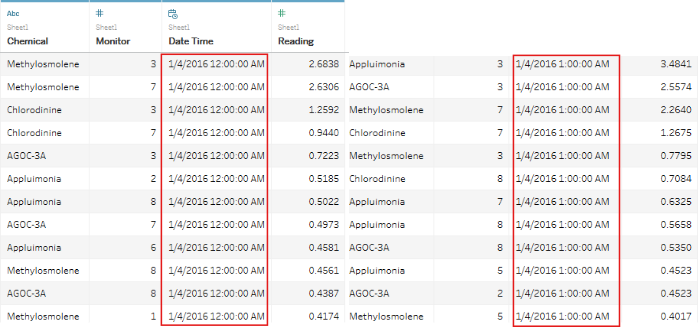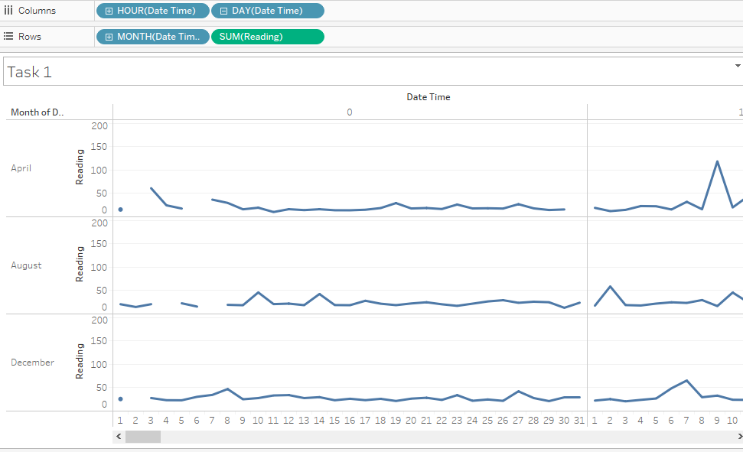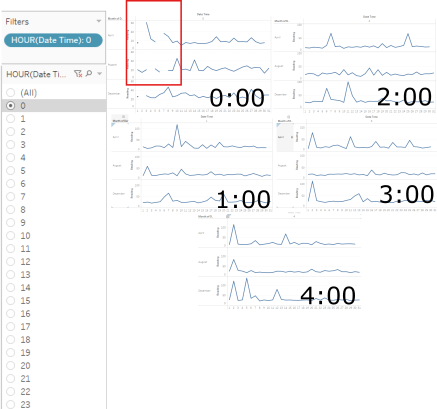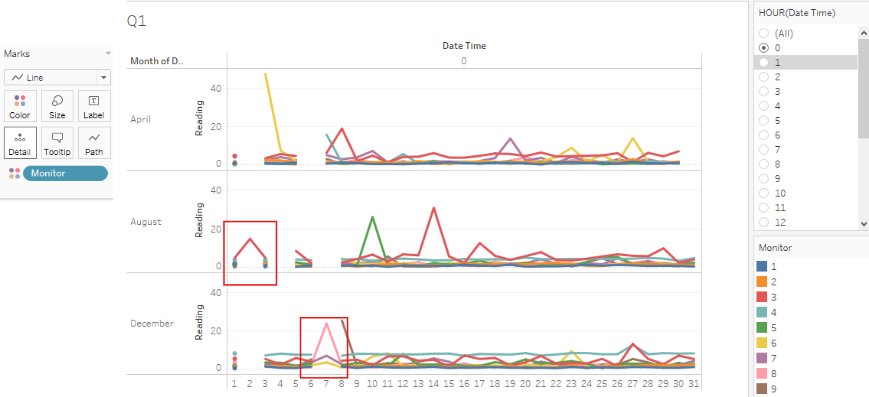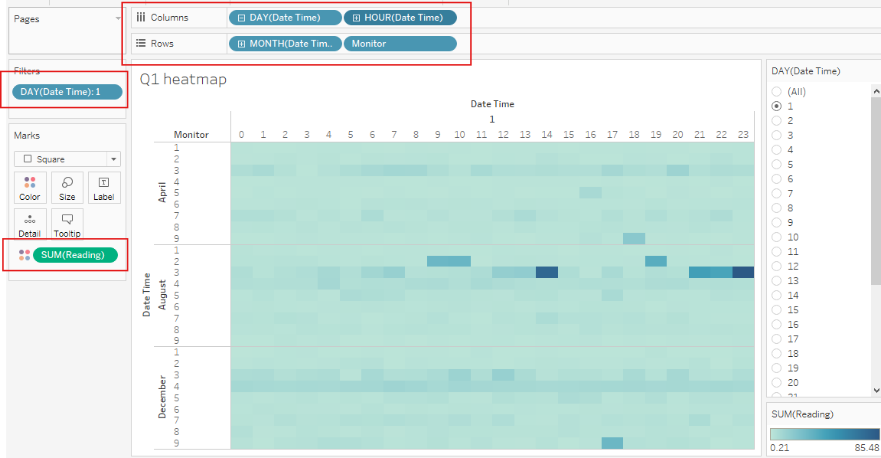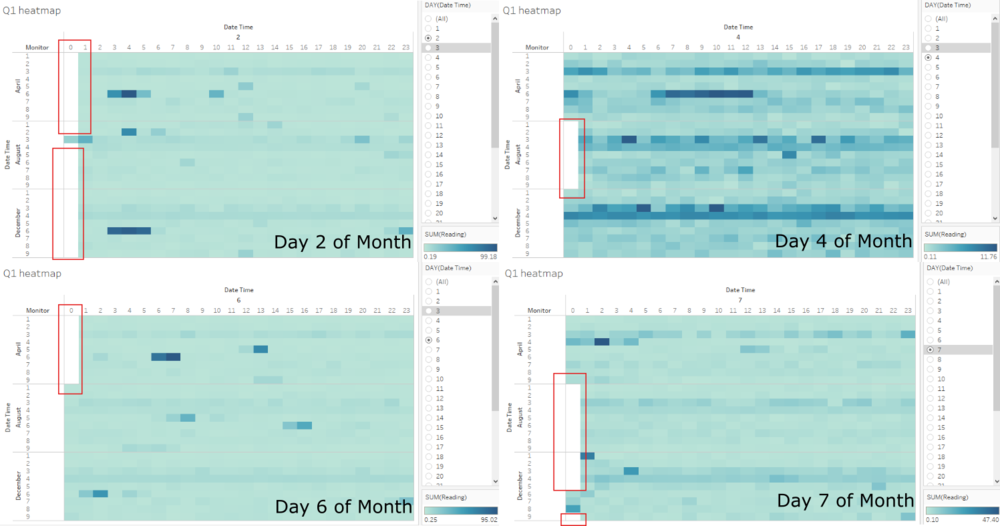IS428 2017-18 T1 Assign Tan Kun Sheng
Contents
Background
Lorem Ipsum is simply dummy text of the printing and typesetting industry. Lorem Ipsum has been the industry's standard dummy text ever since the 1500s, when an unknown printer took a galley of type and scrambled it to make a type specimen book. It has survived not only five centuries, but also the leap into electronic typesetting, remaining essentially unchanged. It was popularised in the 1960s with the release of Letraset sheets containing Lorem Ipsum passages, and more recently with desktop publishing software like Aldus PageMaker including versions of Lorem Ipsum.
Objectives
Lorem Ipsum is simply dummy text of the printing and typesetting industry. Lorem Ipsum has been the industry's standard dummy text ever since the 1500s, when an unknown printer took a galley of type and scrambled it to make a type specimen book. It has survived not only five centuries, but also the leap into electronic typesetting, remaining essentially unchanged. It was popularised in the 1960s with the release of Letraset sheets containing Lorem Ipsum passages, and more recently with desktop publishing software like Aldus PageMaker including versions of Lorem Ipsum.
Tasks
Task #1
Characterize the sensors’ performance and operation. Are they all working properly at all times? Can you detect any unexpected behaviors of the sensors through analyzing the readings they capture?
Figure 1.1
Cyclic Plot
Figure 1.1 displays the records in Sensor Data.xlsx. Each record captures the Chemical, Monitor, Date Time, Reading and the values in the Date Time column signifies that the monitors capture readings on an hourly interval. With these information, a cycle plot that plots through the hours by days in month to examine the readings captured at each hour over the all the days in the three months revealed some discontinuation of readings.
Figure 1.2
Figure 1.2 shows that there are breaks in the line graphs meaning that not 12am readings are not available on certain days of the months. This warrants more investigation as there might be more gaps in other hours.
Figure 1.3 (hour 0:00 compared to others)
Filtering by hours to examine the readings specifically at each hour, it is discovered that 12am (0:00) readings are the only one with gaps. Figure 1.3 illustrates some comparisons with different hourly readings with no gaps. Not 24 hours are displayed on figure 1.3 for brevity's sake, but no line breakages are seen except for readings recorded at 12am (0:00). Also note that the line breakage at the end of April (Top Line Graph) is not an error as April 2016 does not have a 31st day unlike August 2016 and December 2016. As these values on the line graphs are aggregated (summed) readings, let's break them down by monitor readings to uncover the details of each monitor.
Figure 1.4 (some monitors captured readings when others did not)
Figure 1.4 uncovers some interesting observations. Whilst there are instances where all monitors failed to record readings such as hour 0 of day 2 in April and December for example, there were also instances where one or a few monitors managed to record readings when others did not. Take for example, monitor #3 were the only one to record a reading on hour 0 day 2 in August while all other monitors failed to record anything at all.
Heat Map
With the cyclic plot above, we were able to determine that not all monitors failed to capture readings altogether. At the 0 hour of certain days on certain months, some monitors managed to record readings where others did not. As there are overlapping lines that represent each monitor above, it may be difficult to tell which monitors are working and which ones are not. A heatmap may be more apt at conveying such information.
Figure 1.5 (hours by days in months, filtered by days)
Columns : Days followed by Hours, Rows: Months followed by monitors and an additional filter that filters by days. With this heatmap, monitors' readings are shown as a cell for each hour of the day. We can step through the days and attempt to find out which monitors are not working (empty cell) and at which hour.
Figure 1.6 (day 2, 4, 6 and 7)
Stepping through days 1-31, it is discovered that days 2, 4, 6 and 7 are missing readings at midnight 12am (0:00). The findings are can be summarized as
- 12am readings are missing on day 2 of all three months except on monitor #3 on day 2 in August
- 12am readings are missing on day 4 for the month of August across the board for all monitors #1 through #9
- 12am readings are missing on day 6 for the month of April across the board for all monitors #1 through #9
- 12am readings are missing on day 7 for the month of August across the board for all monitors #1 through #9
- 12am readings are missing on day 7 for the month of December except monitors #6, #7 and #8
References
Lorem Ipsum is simply dummy text of the printing and typesetting industry. Lorem Ipsum has been the industry's standard dummy text ever since the 1500s, when an unknown printer took a galley of type and scrambled it to make a type specimen book. It has survived not only five centuries, but also the leap into electronic typesetting, remaining essentially unchanged. It was popularised in the 1960s with the release of Letraset sheets containing Lorem Ipsum passages, and more recently with desktop publishing software like Aldus PageMaker including versions of Lorem Ipsum.
